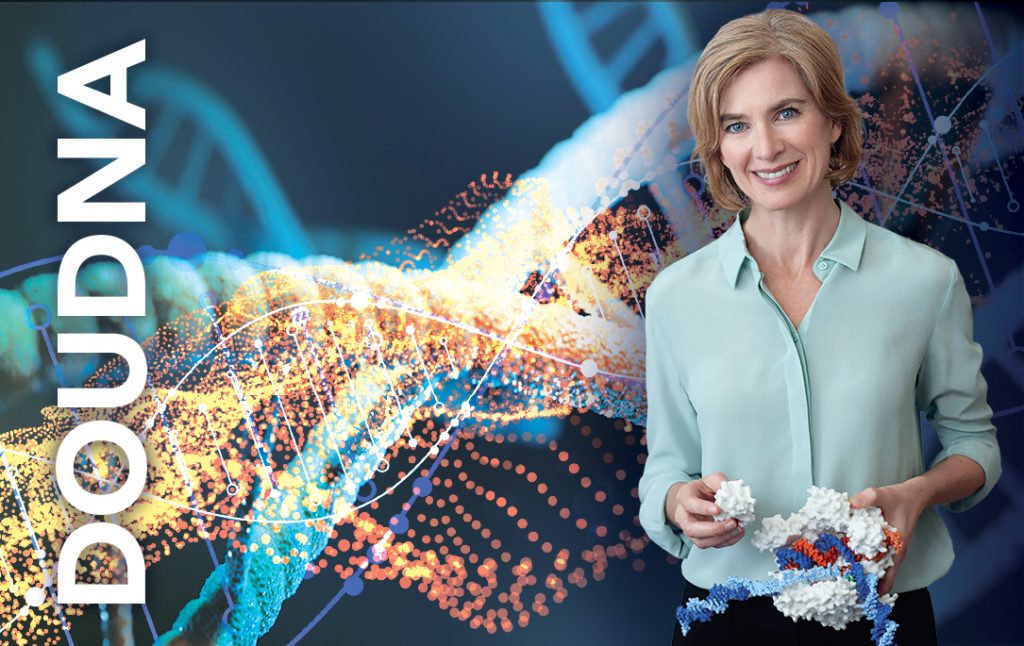
Credit: Berkeley Lab
While visiting Lawrence Berkeley National Laboratory, U.S. Secretary of Energy Chris Wright revealed a new partnership with Dell Technologies to build NERSC-10, the next-generation supercomputer for the National Energy Research Scientific Computing Center (NERSC) – a key research facility operated by the U.S. Department of Energy (DOE).
The upcoming supercomputer will use NVIDIA’s Vera Rubin platform and Dell’s advanced liquid-cooled server infrastructure. It is designed for AI calculations, simulations, and high-performance computing in energy research and other scientific fields.
According to Jonathan Carter, associate laboratory director for computing sciences at the Berkeley Center, the supercomputer offers more than a tenfold speed boost over the lab’s most powerful current system. Carter is confident that if fully outfitted, the machine could be the Energy Department’s biggest resource for tasks like training AI models.
The supercomputer will be named Doudna in honor of Jennifer Doudna, a UC Berkeley scientist and Nobel Laureate in Chemistry. She shared the 2020 Nobel Prize in Chemistry for her work on the gene-editing technology CRISPR, which enables precise and efficient modification of DNA for applications such as new disease treatments and improved crop yields.

Credit: DOE
The announcement of Doudna signals a greater push from the government to adopt more technologies from commercial AI systems. The DOE chose not to use Nvidia chips for the last three of its most powerful supercomputers, built by Hewlett-Packard Enterprise (HPE). Bringing Nvidia back reflects a shift in government priorities toward building systems optimized for advanced AI research and applications.
This is also a big win for Dell, given how HPE has been sweeping the DOI space. With Doudna, Dell has the chance to break the usual model of building customized systems. Instead, it gets to design an architecture that could be adapted and reused for other large-scale customers, from commercial AI data centers to corporate research labs or future government projects.
“The Doudna supercomputer is designed to accelerate a broad set of scientific workflows. We are collaborating with NVIDIA and Dell to prepare our 11,000 users to effectively use this system’s exciting new workflow capabilities,” said NERSC Director Sudip Dosanjh. “Doudna will be connected to DOE experimental and observational facilities through the Energy Sciences Network (ESnet), allowing scientists to stream data seamlessly into the system from all parts of the country and to analyze it in near-real time.”
The DOE allocated over $1.8 billion over the last eight years to achieve “exascale” performance through a series of high-performance computers. This includes the $600 million supercomputer at Lawrence Livermore National Laboratory called El Capitan.

Shutterstock
The budget targets or price for Doudna have not been discussed yet. However, Wright compared AI to the Manhattan Project, emphasizing how strategically important and high-stakes the government views AI advancement
“The Doudna system represents DOE’s commitment to advancing American leadership in science, AI, and high-performance computing,” said Wright. “It will be a powerhouse for rapid innovation that will transform our efforts to develop abundant, affordable energy supplies and advance breakthroughs in quantum computing. AI is the Manhattan Project of our time, and Doudna will help ensure America’s scientists have the tools they need to win the global race for AI dominance.”
NERSC is already home to Nvidia GPUs, which power the Perlmutter system. Doudna is set to use a more advanced Vera Rubin platform. Unlike past versions, Rubin will use a general-purpose Nvidia processor based on technology from the British company Arm instead of Intel or AMD chips. This reduces reliance on long-dominant CPU makers and pushes Arm-based designs into top-tier HPC systems. It also aligns with the broader trend of Nvidia wanting to position itself as a comprehensive computing platform provider, and not just a GPU supplier.
If Doudna lives up to its expectations, it could dramatically shorten research timelines. It could allow researchers to perform simulations and data analytics faster than ever before. If they get to  automate some of the more laborious and time-consuming aspects of their work, it could help them focus on designing new hypotheses, conducting deeper analysis, and engaging in creative problem-solving.
automate some of the more laborious and time-consuming aspects of their work, it could help them focus on designing new hypotheses, conducting deeper analysis, and engaging in creative problem-solving.
“Doudna is a time machine for science – compressing years of discovery into days,” said Jensen Huang, founder and CEO of NVIDIA. “Built together with DOE and powered by NVIDIA’s Vera Rubin platform, it will let scientists delve deeper and think bigger to seek the fundamental truths of the universe.”
In a time when U.S. research institutions navigate funding shifts and evolving priorities, the launch of Doudna offers a hopeful sign of continued commitment to the scientific ecosystem.

